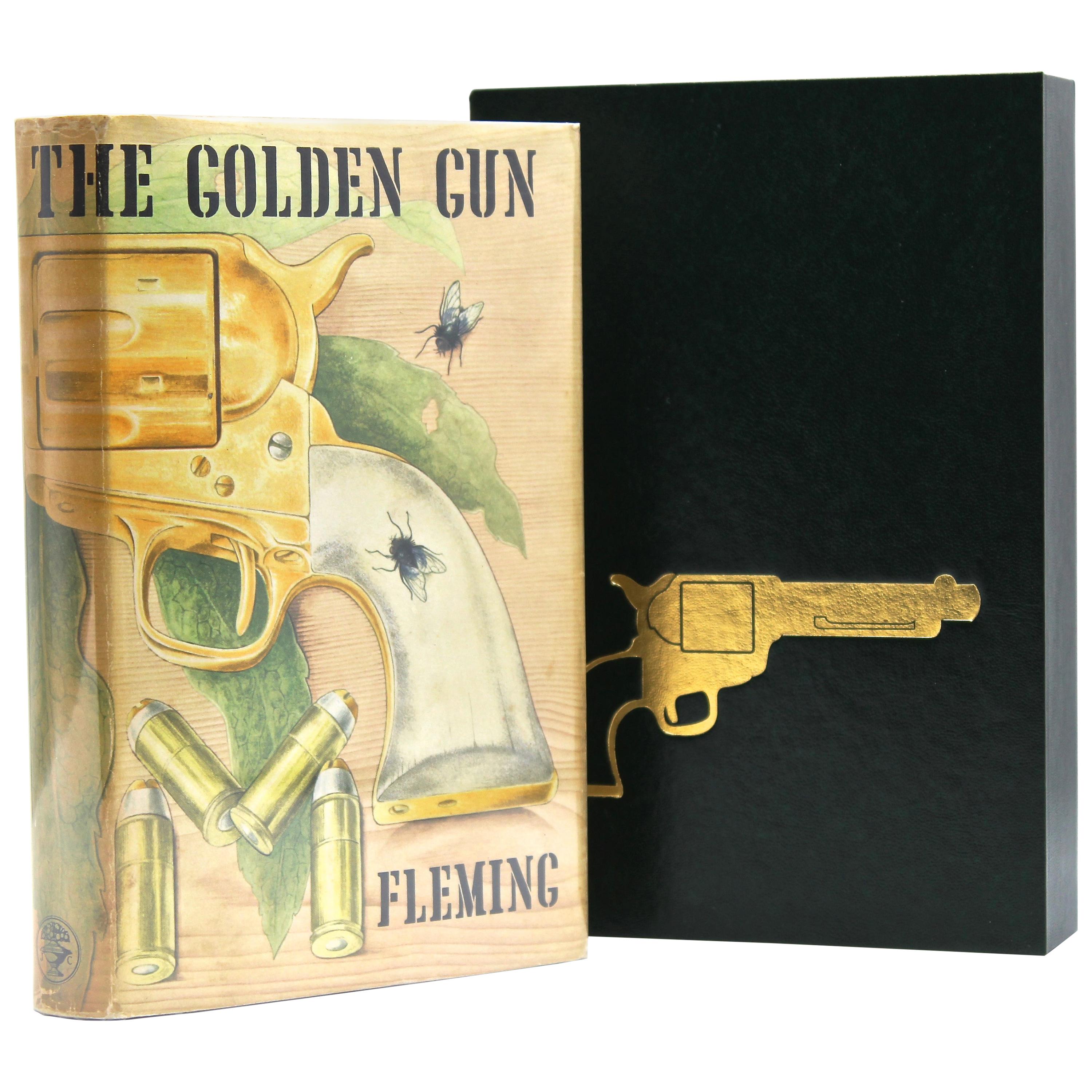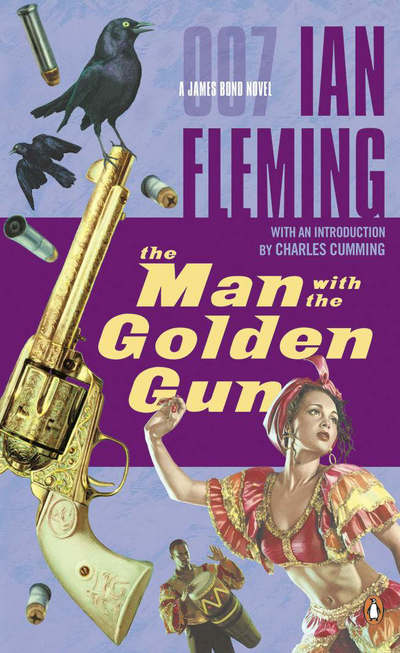

Later, M breaks up his usual, comfortable lunch routine at Blades by unusually ordering a full bottle of Algerian wine and of how he ponders his recent decision to put Bond back into service, he reads various reports at his desk on a suitable target for Bond to redeem himself. Bond is overcome by Bill Tanner and the head of security. Walker is instructed to direct Bond to meet Major Townsend, his superior to further verify his claim.Īfter much scrutinising and interrogation, the man's identity is confirmed, but during his debriefing interview with M, Bond tries to kill him with a cyanide pistol the attempt fails due to a plastic screen.


After Bond passes these tests, Walker consults a superior, his comments revealing that for several months the Ministry believed Bond was deceased. Publishers Jonathan Cape passed the manuscript to Kingsley Amis for his thoughts and advice on the story, although none of his suggestions were subsequently used.Ī telephone operator at MI6 takes a telephone call from a man claiming to be James Bond, they forward it to Captain Walker, who tests Bond's claims of identity. Much of the detail contained in the previous novels was missing, as this was often added by Fleming in the second draft. The first draft and part of the editing process was completed before Fleming's death and the manuscript had passed through the hands of his copy editor, William Plomer, but it was not as polished as other Bond stories. Despite that, the book was a best-seller. The novel was not as detailed or polished as the others in the series leading to poor, but polite, reviews.

It was first published by Jonathan Cape in the UK on 1 April 1965, eight months after the author's death. The Man with the Golden Gun is the thirteenth book of Ian Fleming's James Bond series.


 0 kommentar(er)
0 kommentar(er)
